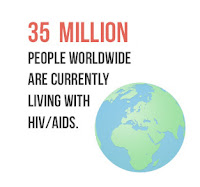Biotechnology

Biotechnology is the application of biological organisms, systems, or processes by various industries to help in the improvement of the value of materials and organism such pharmaceuticals, crops, and livestock (ASC-Chemistry for life). Biotechnology is not a new concept. It can be dated back to more than 6000 years ago (Biotechnology Industry Taken from: unidigest.com Organization) when man first began to breed and domesticate plants and animals. However, modern biotechnology involves more genetic engineering, where an organism's genome is altered. Because of this technology, Biotechnology may allow man to reshape the future of his planet. We may very well be able to reduce the imminent threat global climate change by modifying organisms so that they are better adapted to survive in their ecosystems, and improve quality of agricultural crops and livestock. With Genetic engineering, we may even be able to extend our lives, either by improving our diet and health care, ...



